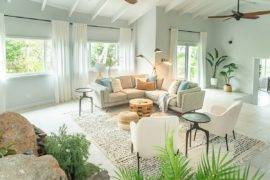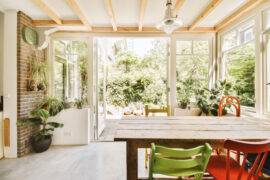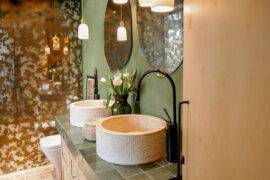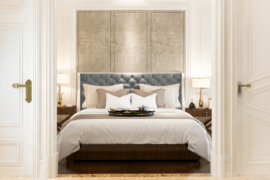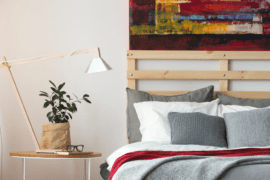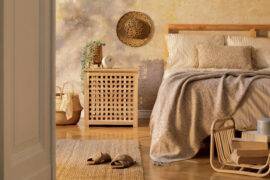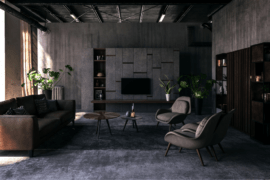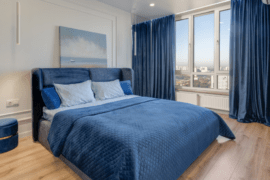Minimalist canopy beds have become increasingly popular in recent years as more people seek to create a calming and serene bedroom environment. These beds are characterized by their simple and clean design, which features a canopy frame and minimal embellishments. The result is a bed that exudes elegance and sophistication while also being functional and practical.
The canopy bed is perfect for creating a peaceful and relaxing atmosphere in their bedroom without sacrificing style or comfort. We’ll explore the history of the minimalist canopy bed, its modern-day popularity, and the benefits of incorporating this design into your bedroom decor. We will also look at some of the different styles and materials available and provide tips on how to make the most of your minimalist canopy bed.
Whether you are a minimalist at heart or simply looking for a way to elevate your bedroom decor, the minimalist canopy bed is an excellent choice that is sure to impress.
The History of Canopy Beds
Minimalist canopy beds—also known as modern canopy beds—have a history that dates back to ancient Egypt. Beds with canopy frames were used to protect sleepers from insects and other pests. Canopy beds were also used to display wealth and status. In medieval Europe, canopy beds were often adorned with elaborate curtains and textiles to keep out drafts and provide privacy.
As time passed, canopy beds became less ornate and more streamlined in design. In the 20th century, minimalist design took hold, and canopy beds were not spared from changing with the style. The clean lines and simplicity of minimalist design appealed to those seeking a more contemporary and understated look.
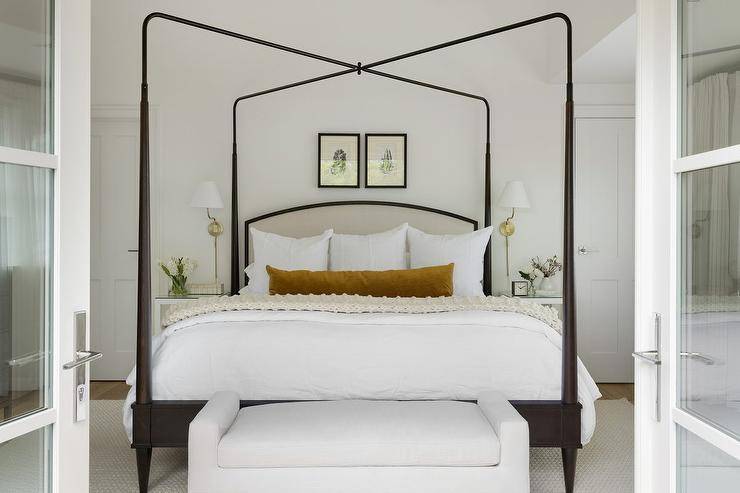
One of the earliest examples of a minimalist canopy bed is the “Mies” bed designed by Italian architect and designer Lella Vignelli in 1978. The bed features a simple rectangular frame with four posts and a canopy made from a single piece of fabric.
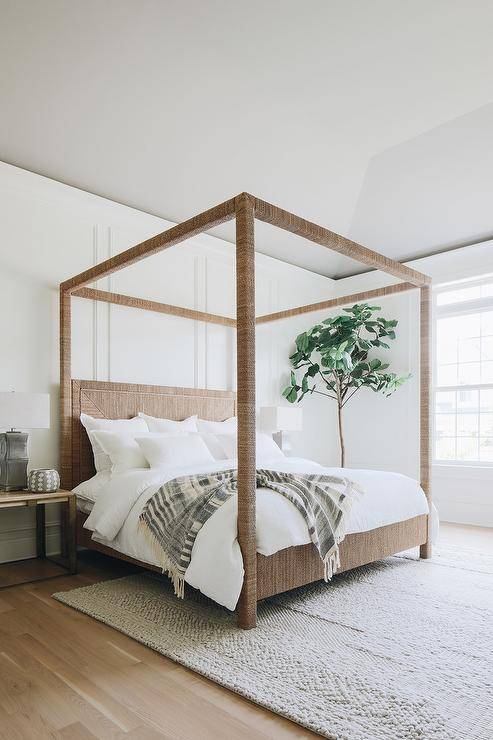
Another notable example of a minimalist canopy bed is the “Dondolo” bed designed by the Italian architect and designer Ettore Sottsass in 1982. The bed features a sleek metal frame with a curved canopy that adds a touch of elegance and drama.
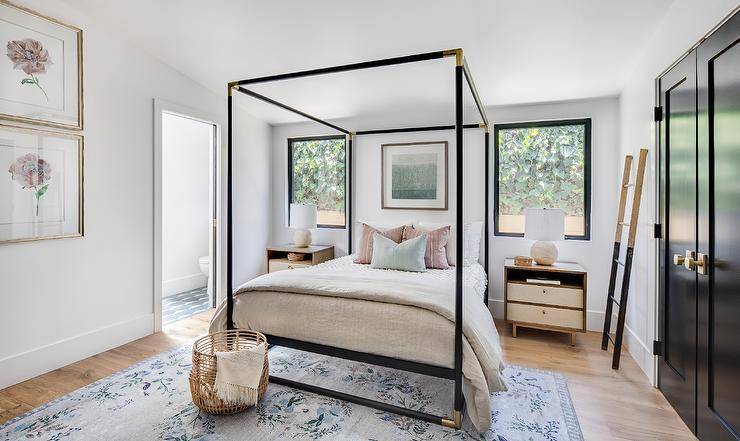
Construction and Materials
Today, minimalist canopy beds are a popular choice for those looking to create a serene and contemporary bedroom space. They are often made from materials such as wood, metal, or acrylic and feature clean lines with simple, unadorned frames. Canopy beds can be used to create a focal point in a room or to add a sense of privacy and coziness to a sleeping space.
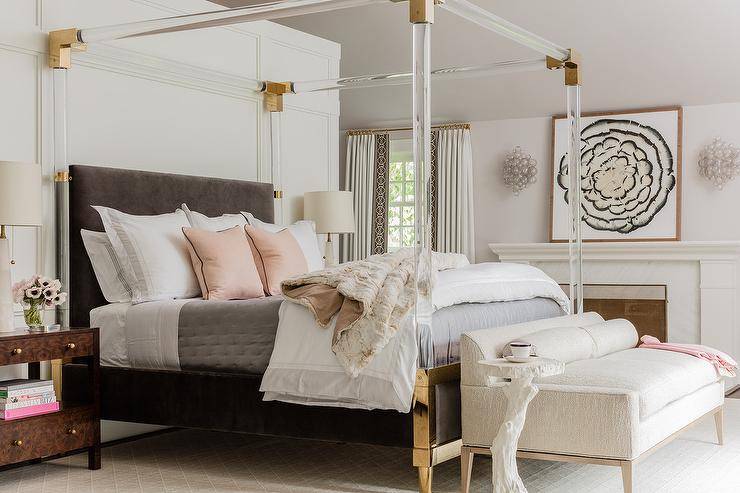
One popular material for minimalist canopy beds is metal. Metal is a durable and sturdy material that can be molded into a variety of shapes. It is often used to create the frame of the bed, which can be designed to be both functional and stylish. Metal frames can be painted or finished in a variety of colors to match the aesthetic of the room.
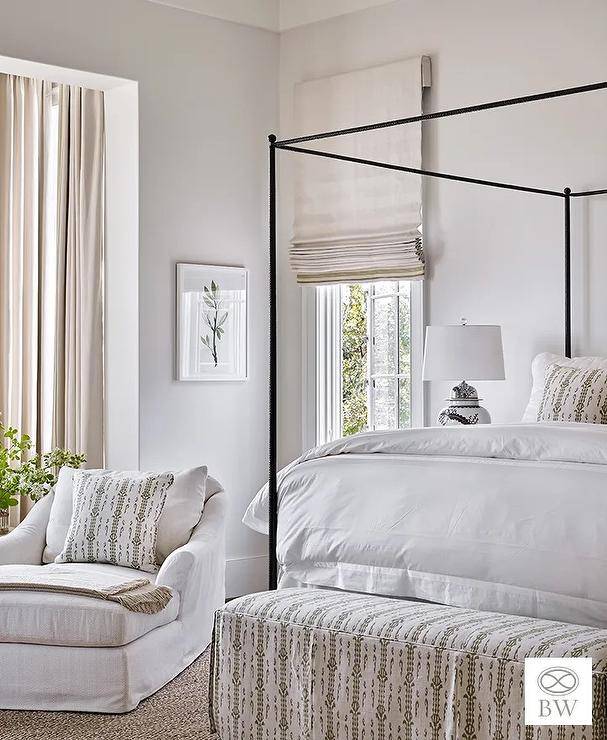
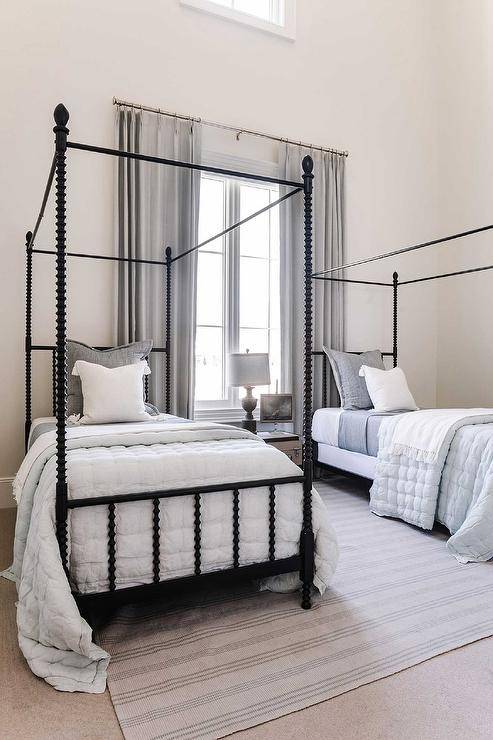
Another popular material for minimalist canopy beds is wood. Wood is a natural material that can add warmth and texture to a space. It is often used to create the headboard and footboard of the bed, as well as the posts that support the canopy. Wood can be finished in a variety of stains or paints to match the room’s color scheme.
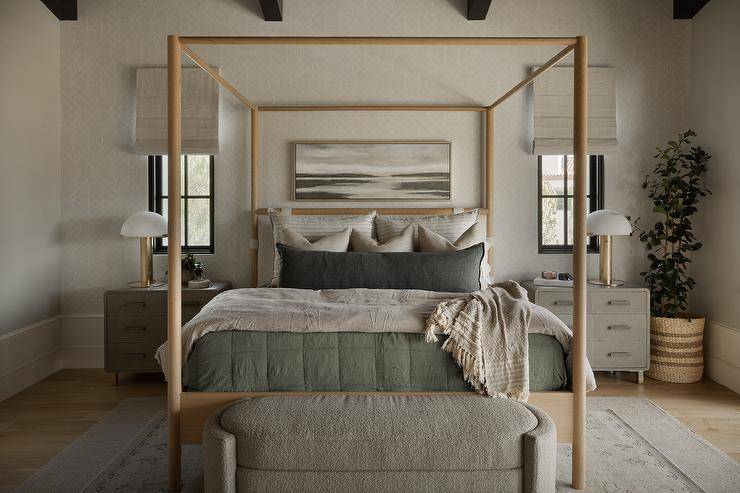
Minimalist canopy beds can also be made from a combination of these materials. For example, a bed may have a metal frame with wooden posts and a fabric canopy. This can create a unique and personalized look that reflects the homeowner’s style and tastes.
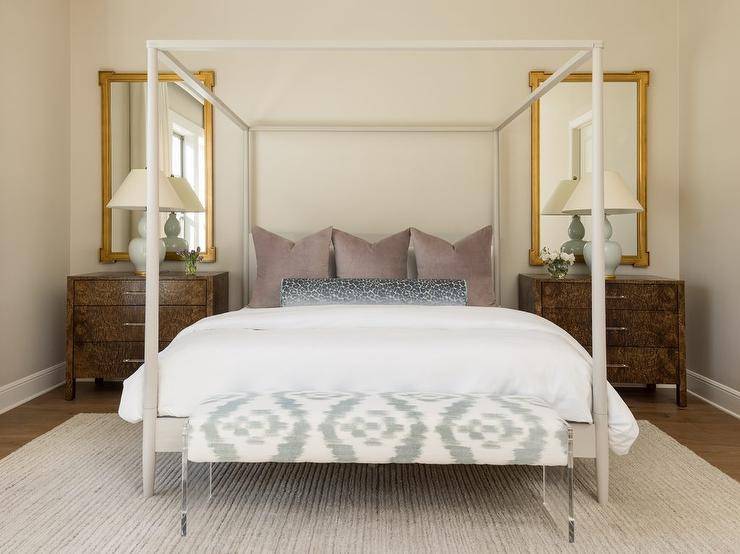
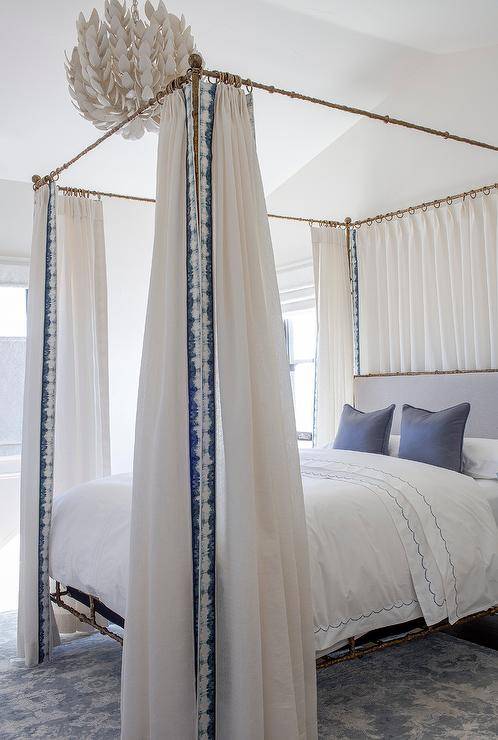
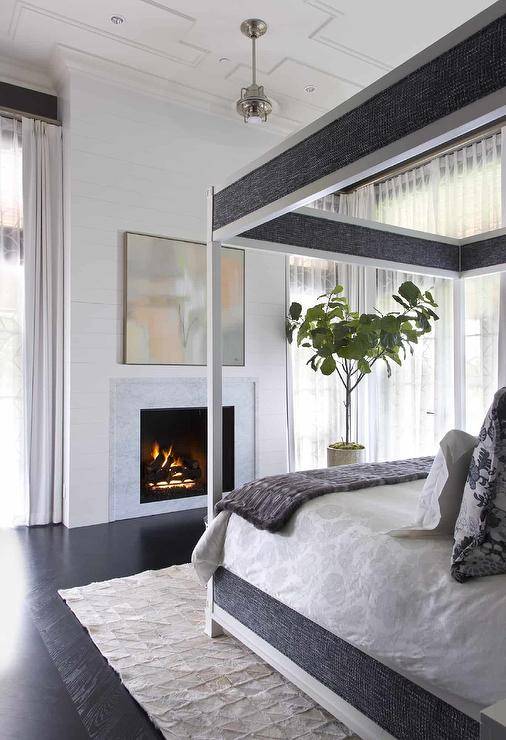
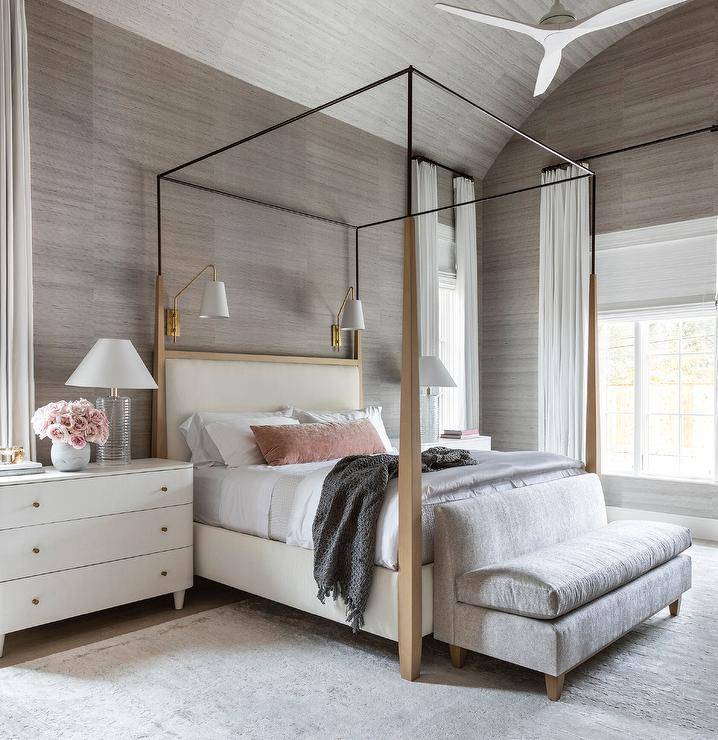
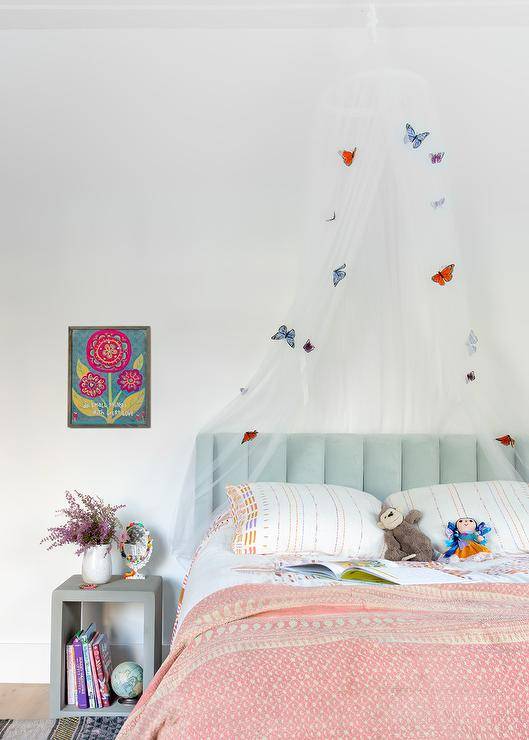
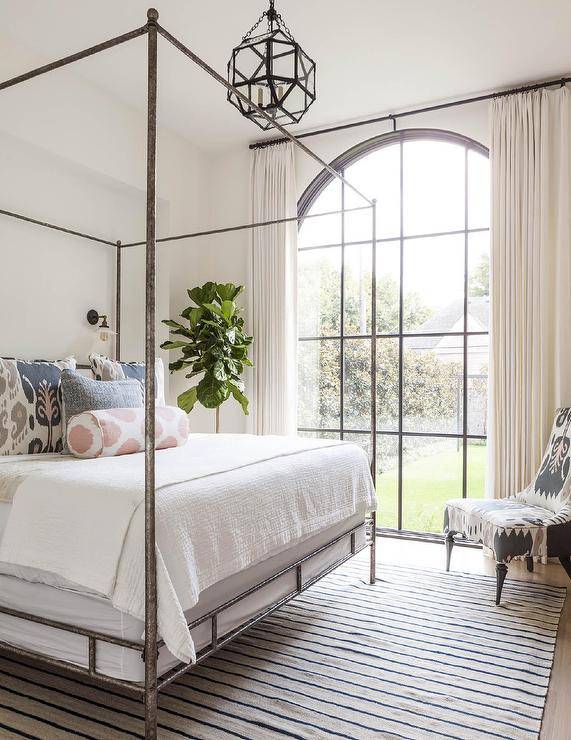
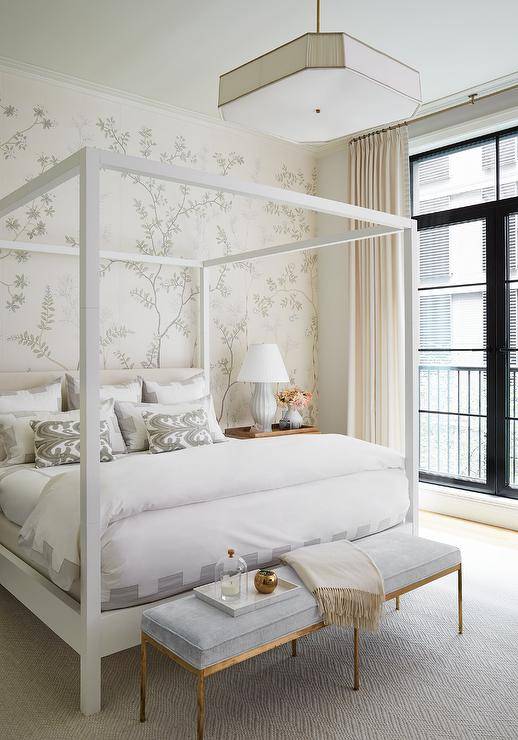
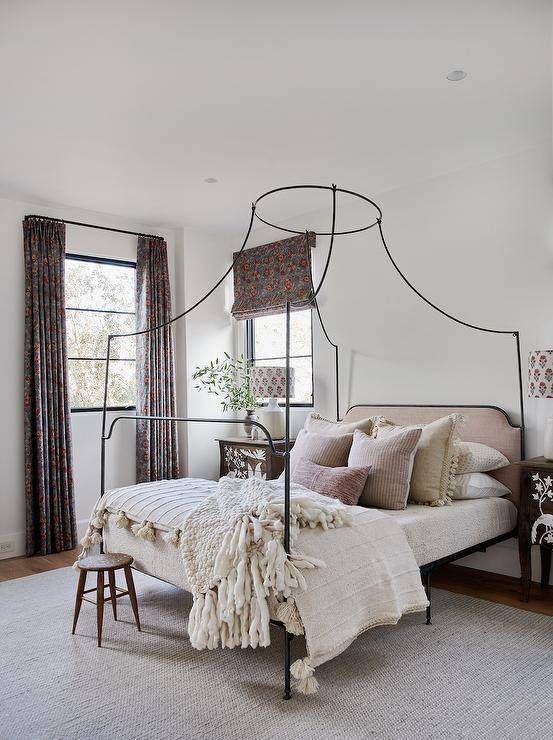
Design Tips
Here are some design tips for canopy beds:
- Keep it simple: Canopy beds should have clean lines and a simple structure. Avoid ornate details or overly decorative elements.
- Choose neutral colors: Stick to neutral colors such as white, gray, or black for a more minimalist look. This will help keep the focus on the clean lines of the bed frame.
- Use natural materials: Incorporate natural materials such as wood or linen for a more organic and earthy feel. This will complement the simplicity of the bed frame.
- Keep the bedding simple: Stick to clean, simple bedding without too many patterns or colors. This will help maintain the minimalist aesthetic and keep the focus on the bed frame.
- Use lighting to create ambiance: Add soft, ambient lighting to create a cozy and relaxing atmosphere. This can be achieved with dimmer switches, bedside lamps, or even string lights.
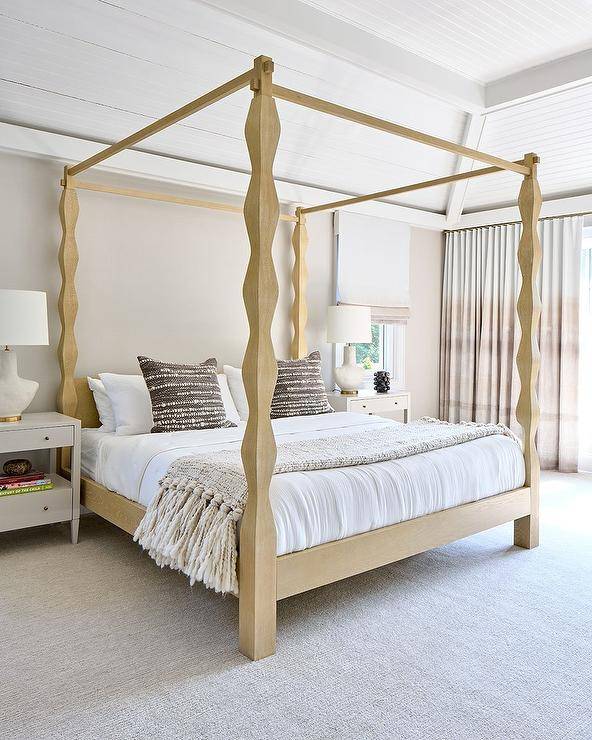
Overall, the key to designing a minimalist canopy bed is to keep it simple, clean, and focused on the bed frame itself. Incorporating natural materials and soft lighting can add warmth and texture without detracting from the simplicity of the design.
Frequently Asked Questions (FAQs)
What is a minimalist canopy bed?
A minimalist canopy bed is a bed frame with four vertical posts and a canopy that extends from post to post. It is designed to be simple and elegant, with clean lines and minimal ornamentation.
What are the benefits of a minimalist canopy bed?
Canopy beds provide a sense of privacy and coziness while also creating a focal point in the bedroom. They are versatile, can fit into a variety of decor styles, and can be used to create a variety of moods, from romantic to contemporary.
What materials are commonly used in minimalist canopy beds?
Minimalist canopy beds are often made from wood, metal, or a combination of both. They may also incorporate fabric or other materials in the canopy or headboard.
Are canopy beds expensive?
The price of a minimalist canopy bed can vary widely depending on the materials used, the quality of craftsmanship, and the brand. However, there are many affordable options available on the market.
How do I style a minimalist canopy bed?
A canopy bed can be styled in a variety of ways depending on your personal taste and decor style. Some popular options include using neutral bedding and adding pops of color with accent pillows or throws or incorporating a statement piece of artwork above the bed.
Can a minimalist canopy bed fit in a small bedroom?
Yes, a canopy bed can fit in a small bedroom. It is important to choose a bed frame that is appropriately sized for the room and to keep the rest of the decor simple and uncluttered. Choosing a light-colored canopy and bedding can also help to create a sense of spaciousness.
